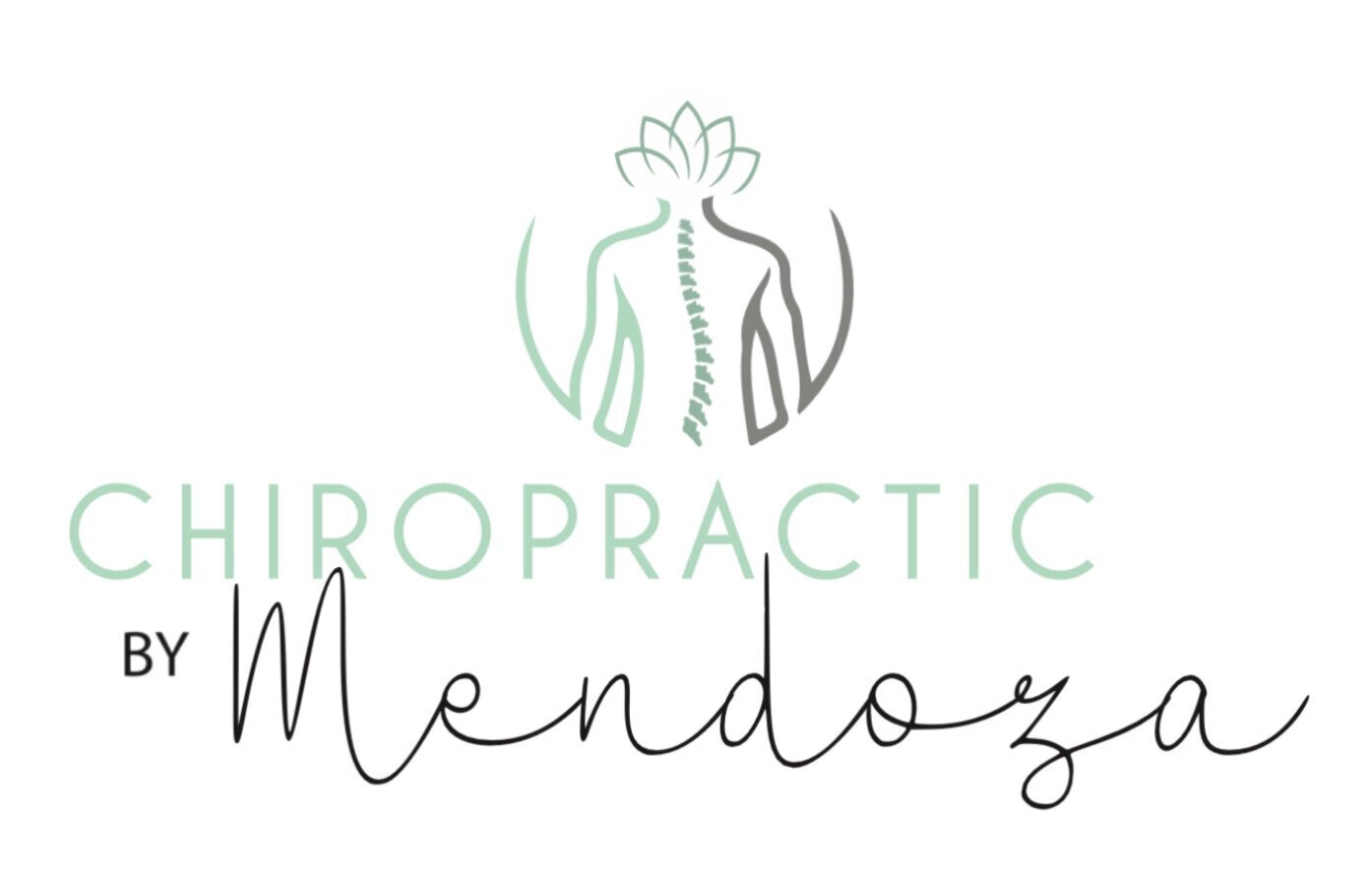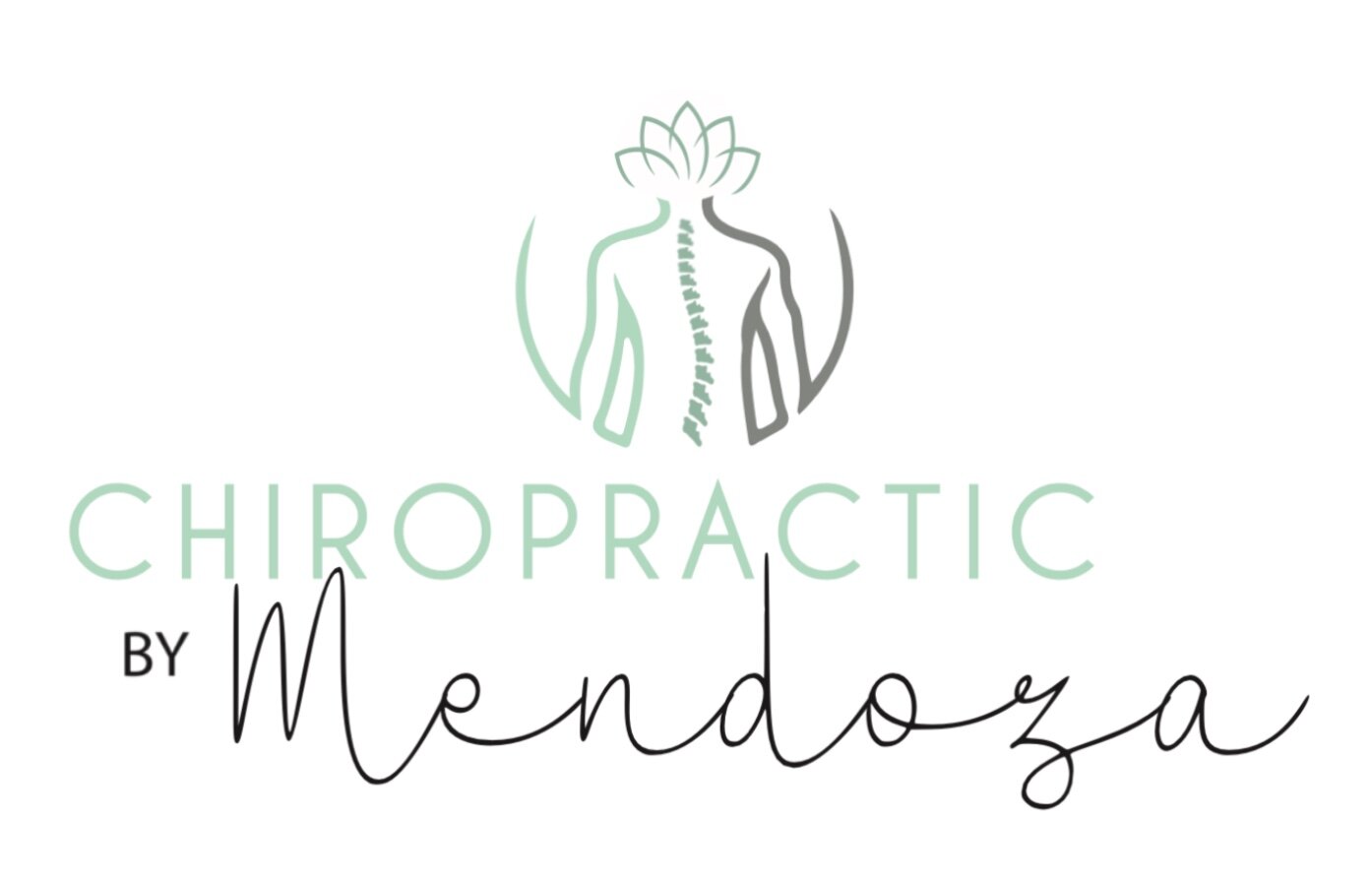What is a chiropractic manipulation?
Also known as an ‘adjustment’, it is a high velocity, low amplitude thrust into a focal joint done by a Chiropractor's hands to create more movement in an area of decreased mobility. The 'pop' or 'crack' you hear is nitrogen releasing from the joint space as it is properly re-aligned. Although this sound is satisfying, it is not necessary for the goal we are achieving with an adjustment. As this sound may be scary to some, there are alternative ways to induce more movement using tools and other techniques.
-
Graston Therapy
Evidence based soft tissue mobilization that breaks down scar tissue, adhesions and restrictions while increasing collagen fibers that aid in tissue repair.
-

Webster Technique
The Webster Technique is a specific chiropractic analysis & adjustment that reduces nervous system stress, balances pelvic bones, muscles and ligaments and optimizes the mother’s pelvic function in pregnancy and birth.
-

Myofascial Release
Available in office: Functional cupping, Kinesio-taping, PNF through therapeutic exercise, pin and stretch, and Hypervolt by Hyperice.
-

Exercise and Dietary Support
Prescribed exercises specific to your individual needs as well as education for those seeking to start an exercise program.
Changes to diet can be discussed during your visit and can be subjective with each individual.**
**Consult with your physician, prior to changing use of any medication.
-

Low Level Laser Therapy
LLLT produces a light that is blue, red, or both to stimulate a photochemical effect. Think of this as photosynthesis to a plant. LLLT treatments can include, but are not limited to tissue and wound repair, decrease in inflammation and edema, neurogenic pain relief, and bactericidal/anti-fungal effects.
-

Therapeutic Ultrasound
Non-invasive application of ultrasound for therapeutic purposes as a deep heat therapy. Used for musculoskeletal issue such as tendinitis and bursitis, US is widely applied as a safe modality in conjunction with conservative care.
-

Electrical Stimulation
Muscle stimulation using electrode conduction. This modality helps to reduce muscle tension and decrease edema during acute strains. It aids in muscle atrophy by sustaining isometric muscle contraction when the targeted muscle is unable to do so on its own.



